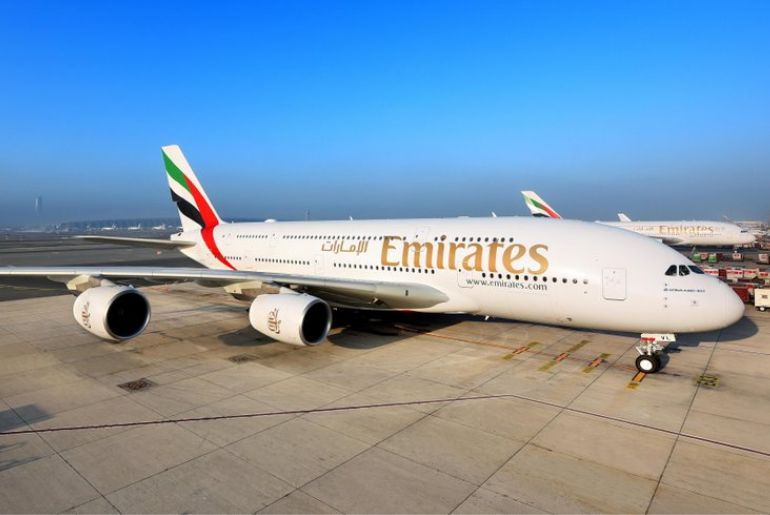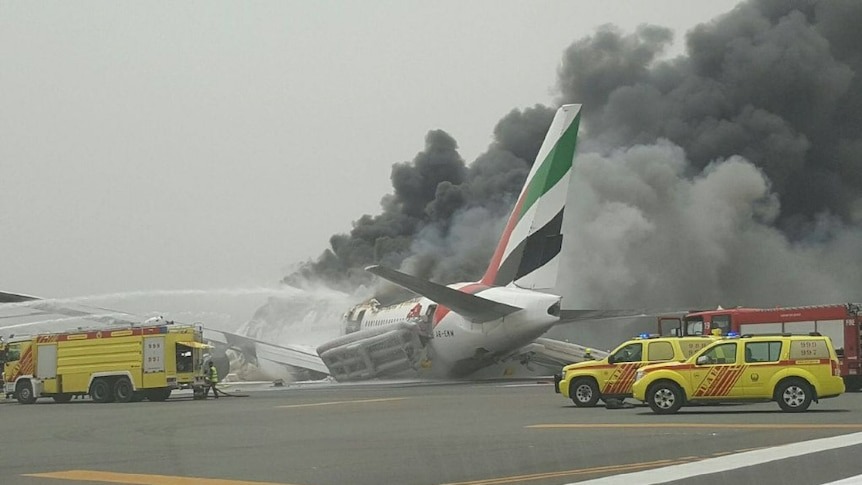Emirates Airlines is one of the world’s largest and most respected international carriers, known for its extensive global network and high standards of safety and service. As aviation remains one of the safest modes of travel, understanding how airlines prepare for severe weather landings offers important insights for travelers. This article explores Emirates’ safety record, how airlines mitigate weather risks, and what passengers can expect during turbulent conditions—based entirely on verified, reputable information.

Emirates Airlines: A Leader in Global Aviation
Founded in 1985, Emirates Airlines is the flag carrier of Dubai, United Arab Emirates. It has grown into one of the world’s largest airlines, operating over 3,600 flights per week to more than 150 destinations across six continents. The airline is renowned for its modern fleet, which includes Airbus A380s and Boeing 777s, two of the safest and most advanced aircraft families in commercial service.
Emirates consistently ranks highly in safety and customer service. It is regulated by the UAE General Civil Aviation Authority (GCAA) and subject to international aviation safety standards, including audits by the International Air Transport Association (IATA) and the International Civil Aviation Organization (ICAO) .

Aviation Safety and Incident Prevention
Commercial aviation has one of the lowest accident rates of any mode of travel. This safety record is the result of rigorous regulations, advanced technology, and thorough pilot training. Emirates, like other major airlines, adheres to stringent maintenance schedules and invests in continuous training for its crews.
When incidents or emergencies occur, they are investigated by independent authorities such as the country’s aviation safety board. The goal is always to improve procedures and prevent future incidents.
Notably, Emirates has maintained an excellent overall safety record, with very few serious incidents in its decades of operation. The most significant accident in its history occurred in 2016, when Flight EK521 crash-landed in Dubai during adverse wind conditions. All passengers survived the impact, although one firefighter died in the subsequent response .
Managing Severe Weather During Landing
Landing in severe weather remains one of aviation’s most challenging scenarios. Pilots receive extensive training to manage these conditions, which can include:
-
Strong crosswinds: requiring precise manual control to align the aircraft with the runway.
-
Low visibility: mitigated by instrument landing systems (ILS) and cockpit technology.
-
Thunderstorms: avoided whenever possible via re-routing or delaying landings.
-
Wind shear and turbulence: detected and managed using on-board warning systems and ground radar.
Airports such as San Francisco International Airport (SFO) are equipped with advanced technology to support safe landings in challenging conditions. The FAA and local authorities regularly inspect and update infrastructure to ensure safety standards are met .
Weather Challenges at San Francisco International Airport
San Francisco International Airport is one of the busiest in the United States, known for its foggy conditions and occasional strong winds due to its coastal location. The airport has multiple parallel runways designed to improve traffic flow and safety.
Pilots landing at SFO often contend with:
-
Fog: which can reduce visibility significantly.
-
Crosswinds: especially from Pacific storms.
-
Heavy rain: increasing the risk of hydroplaning if not properly managed.
To mitigate these challenges, airlines plan for potential diversions to nearby airports such as Oakland (OAK) or San Jose (SJC) when conditions are unsafe. These procedures are coordinated in advance with air traffic control .

Emirates’ Approach to Safety in Adverse Conditions
Emirates pilots undergo regular simulator training for all types of weather scenarios, including:
-
Turbulence management.
-
Crosswind landings.
-
Instrument-only landings in low visibility.
Additionally, Emirates’ operational control center continuously monitors global weather patterns and issues guidance to flight crews. The airline can delay, reroute, or even cancel flights if weather conditions at the destination are deemed unsafe.
Such proactive safety policies reflect industry-wide best practices and are required under international aviation law. Passengers on Emirates and other major carriers benefit from these robust protocols, which aim to reduce the risks posed by severe weather .
Understanding Aviation News Responsibly
From time to time, unverified reports of airline crashes or fatalities circulate online. Travelers are encouraged to rely only on:
-
Official airline press releases.
-
Airport authority announcements.
-
Reports from civil aviation safety boards.
-
Credible news outlets that verify claims before publication.
The U.S. National Transportation Safety Board (NTSB), for example, publishes investigations of aviation accidents in the United States. Similarly, international agencies like the ICAO and national authorities oversee incident reporting globally. Emirates itself maintains public records of any official statements on incidents and safety performance .
At the time of writing, there is no verified report of any Emirates Airlines flight crashing on approach to San Francisco, nor of any actor’s death on such a flight. Misinformation about such tragedies can cause undue distress to the public and should be avoided.
Passenger Safety: What You Can Do
While airlines and airports work extensively to ensure passenger safety, travelers can also take steps to stay informed and prepared:
-
Pay attention to crew safety briefings.
-
Always keep seat belts fastened when seated.
-
Check the airline’s website or app for real-time updates about weather delays.
-
Consider travel insurance that covers weather-related disruptions.
By being informed, passengers contribute to a safer, calmer experience—even during challenging weather.
Conclusion
Emirates Airlines is widely recognized for its commitment to safety and excellence. Like all major airlines, it operates under strict international standards designed to minimize risk—even when facing severe weather during landing. By understanding these procedures, passengers can travel with greater confidence and peace of mind.
Sources
-
Emirates Airline Official Website – www.emirates.com
-
International Civil Aviation Organization (ICAO) – www.icao.int
-
Aviation Safety Network – Emirates EK521 Accident Report – aviation-safety.net
-
Federal Aviation Administration (FAA) – Runway Safety – www.faa.gov
-
San Francisco International Airport – Official Airport Information – www.flysfo.com
-
Weather.gov – Aviation Weather Center – aviationweather.gov
-
National Transportation Safety Board (NTSB) – www.ntsb.gov
-
International Air Transport Association (IATA) – Safety Initiatives – www.iata.org
-
UAE General Civil Aviation Authority (GCAA) – www.gcaa.gov.ae
-
Emirates News Releases – www.emirates.com
